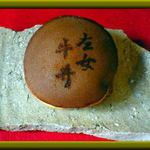
橘屋
Tachibanaya
3.07
Kyoto Station Area
「Japanese Sweets」
--
--
Opening hours: 9:00-19:00
Rest time: Sundays & Holidays
京都府京都市下京区油小路六条上るト味金仏町185番地
Photos
(20)
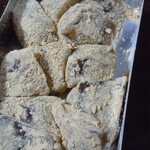
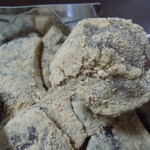
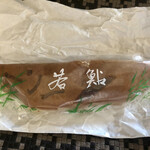

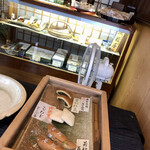

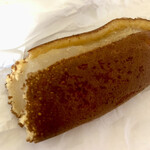
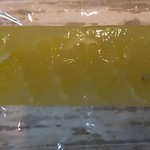
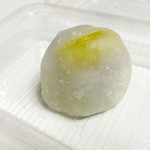
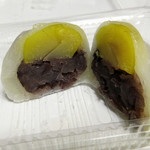
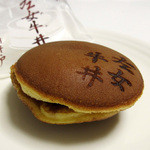
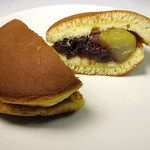
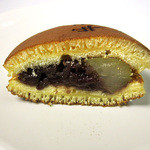
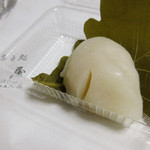
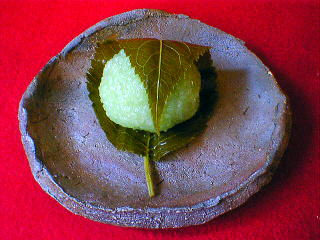
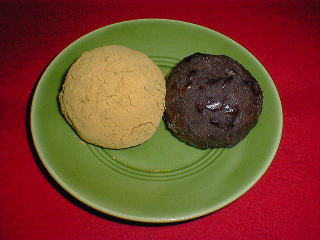
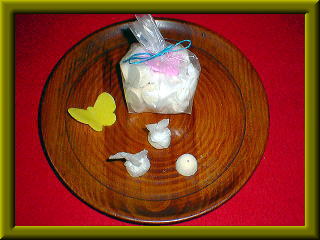
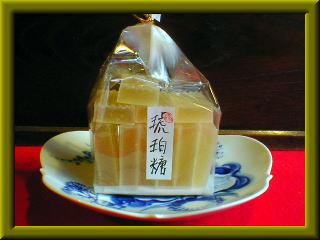
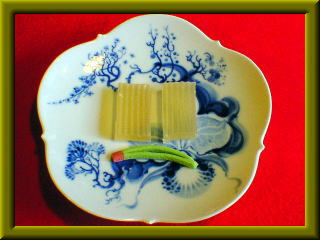
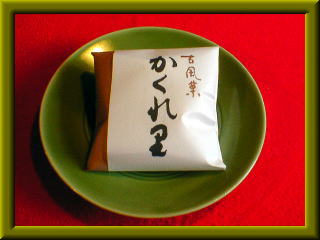
Details
Comments
(8)
ゆたメン
3.40
On a quiet street just past 1 o'clock on Sunday, there is an old-fashioned candy store that truly captures the essence of Kyoto. It feels like it has been around since the Meiji era, or maybe even back to the time of the Shinsengumi. I didn't hear that Ryoma Sakamoto had eaten here, but who knows! When I peeked inside, I noticed a single piece of warabi mochi left unsold, almost as if it were calling out to me, "Buy me!" I couldn't resist and ended up purchasing the warabi mochi for 700 yen. And it was delicious! The taste was nostalgic and just like the old days, chewy and satisfying. Even though I was full, I skipped lunch and will definitely come back, maybe next time in the morning.
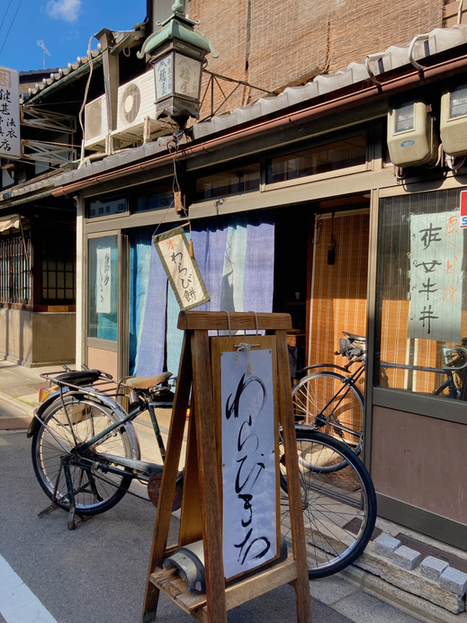
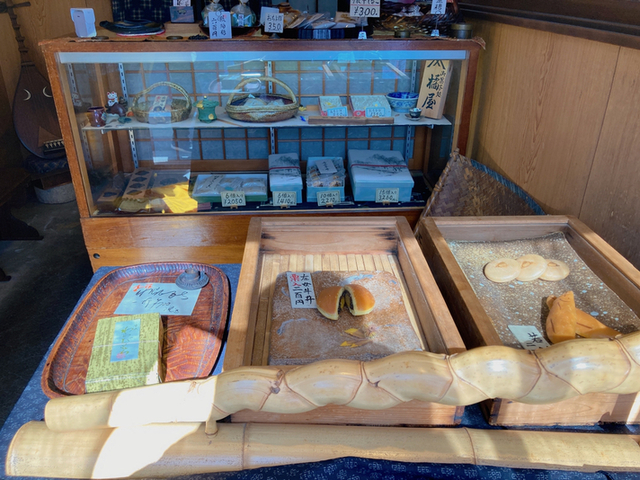


もっつ×もっつ
3.30
- Visit Date: May 13, 2020
- Received Item: Hontawarabi Mochi
I visited the shop on May 13, 2020. The shop is located on the east side of Gojo-Karagawa, with a white curtain and a sign for Hontawarabi Mochi. My wife and I found the shop while taking a stroll after work. They prepare the mochi after you place your order. The mochi has a firm texture, great flavor, and a delightful mouthfeel. Once you start eating it, you can't stop... it's that delicious. Kyoto has a variety of shops, making it enjoyable to just walk around the city.
- Blog: https://ay-style.net/?p=49253
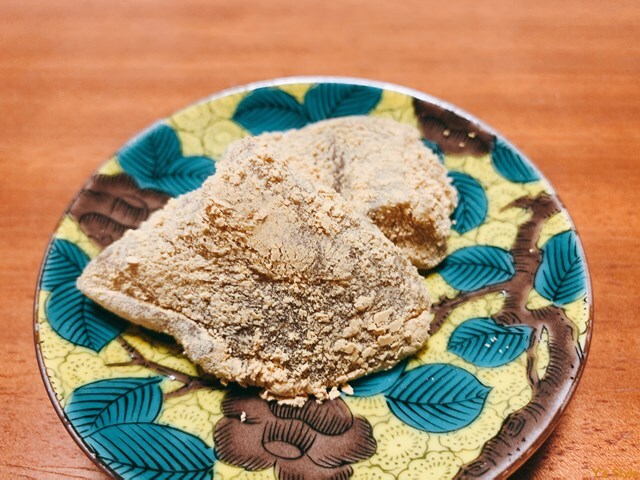
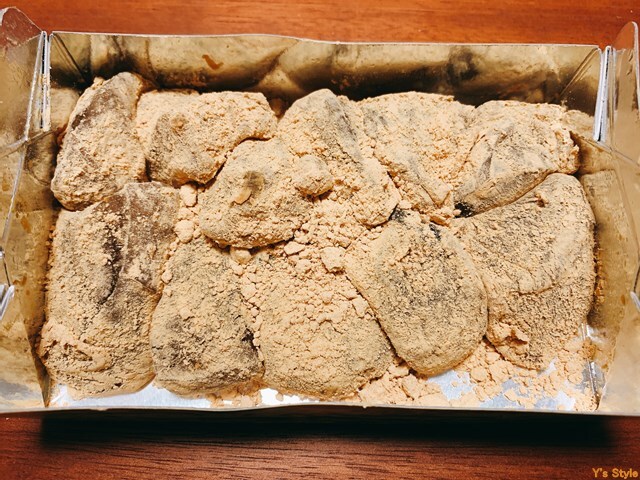
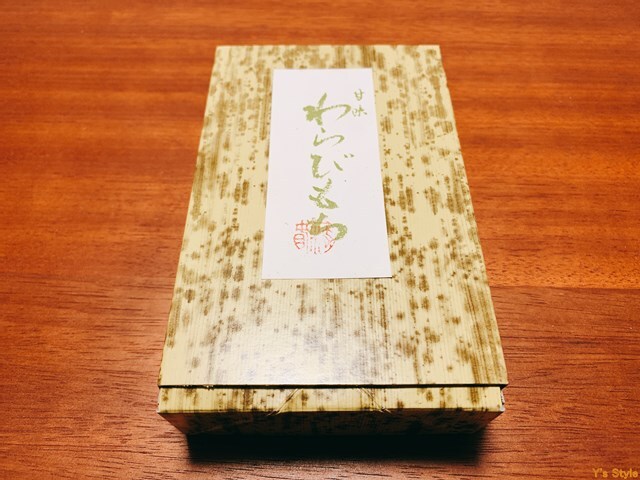
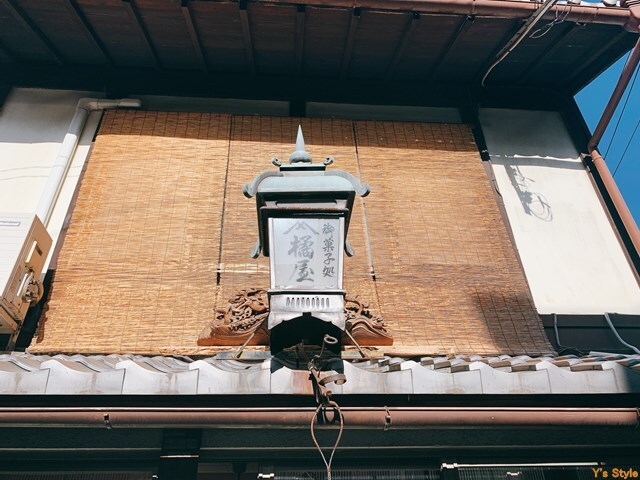
This is IT
0.00
The characters "Sagai" written in the store refer to a well known as a famous water source in Kyoto since the Heian period. Nearby, there was the Rokujō Horikawa mansion, the base of the Minamoto clan, where figures such as Minamoto no Yoritomo, Yoshitomo, Tameyoshi, Yoshitada, and Yoshitsune resided. After Yoshitsune fled Kyoto, the Rokujō Horikawa mansion was burned down, and the Sagai well was later favored by tea masters such as Murata Shukō and Sen no Rikyū. Personally, I don't usually eat traditional Japanese sweets, but when I come to Kyoto, I enjoy them.
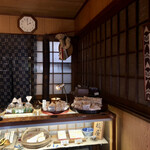

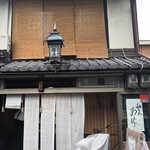

梅小路の釣り師
3.20
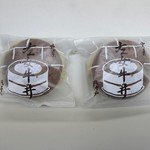
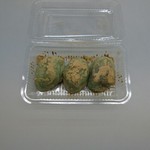
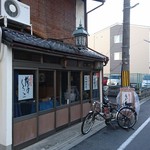
お酒大好き食べ歩き
4.00
There was a small Japanese sweets shop in front of the hotel. I bought some manju and dorayaki, and they were delicious! The taste was carefully made and unique to a small shop. I hope that these kinds of shops will continue for a long time.
アルボス
3.50
[December 2016 Revisit] Located a few minutes' walk from the striking Ito Chuta-designed "Honganji Dendo-in" in front of Nishi Honganji Temple in Kyoto. This traditional Japanese sweets shop was started shortly after the war. Their specialty is the dorayaki "Samegai" named after the famous spring water source in Sajogai. It is also known as "Mikasa" in the Kansai region and can be found in many traditional Japanese sweets shops. Samegai was a well-known source of high-quality water since the Heian period, located at the Genji Horikawa residence in Horikawa Gojo North, but it is now a historical site. The "Samegai Garden" is now open to the public nearby. Continuing from my last visit, I took out the specialty "Samegai (chestnut-filled dorayaki)" and the seasonal limited edition chestnut mochi. The chestnut mochi had a great texture and flavor, with chestnuts and red bean paste inside. Just like the previous Kashiwa mochi, the mochi was delicious, with a perfect balance of chestnuts and red bean paste, providing a satisfying experience. The Samegai dorayaki had a distinctive taste due to the rich eggy batter. Compared to famous dorayaki from Tokyo, the red bean paste was less pronounced, but still delicious. Just like in May, if the red bean paste had a bit more punch, it would have a stronger and deeper flavor. Once again, the elderly shop owner was present, emphasizing that they are particular about using no additives in their specialty dorayaki and seasonal Japanese sweets. Although not a prominently talked-about traditional Japanese sweets shop, the small and quaint atmosphere leaves a lasting impression.
[May 2016 Visit] (Posted on 5/20) Located just a few minutes' walk from the eye-catching Ito Chuta-designed "Honganji Dendo-in" in front of Nishi Honganji Temple in Kyoto. This traditional Japanese sweets shop was started shortly after the war. Upon entering the shop, there is a small sales area with their specialty Samegai, along with Kashiwa mochi, Kusamochi, Monaka, and Koban kuri, all with a simple selection. The elderly shop owner kindly mentioned that they make everything by hand. I took out the following items: Samegai - Samegai (chestnut-filled dorayaki) for 170 yen. The thick batter, as shown in the picture, has a subtle castella-like flavor. The balance with the flavored chestnuts is excellent, and the moist and fluffy texture of the batter is of high quality. The red bean paste is average, but the dorayaki is above average in taste. If the red bean paste had a bit more punch, it would bring out an exceptional depth of flavor. Kashiwa mochi (with smooth red bean paste or white miso paste) for 160 yen. The regular one was sold out, so I chose the white miso paste. The white miso paste inside is quite pronounced, so it may be a matter of personal preference, but the texture and flavor of the mochi are excellent, indicating a high level of authenticity. This makes me imagine that their other mochi sweets are delicious as well. The shop interior is small and simple, with a rustic ambiance. The cheerful elderly owner mentioned that the shop was started shortly after the war. I definitely want to visit again.
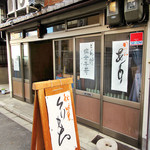


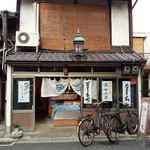
おーたに
4.20
This is a common dorayaki shop that can be found anywhere. That's why I wanted something that I could truly be satisfied with. I have been coming to this quietly standing shop for two years now, but I have yet to find a dorayaki that surpasses "Sajougiinai". The dorayaki from Shimokawara Azuki used to have a characteristic of being fluffy and freshly baked (although the decline in taste in the latter half cannot be denied...). "Sajougiinai" is the opposite, with a firm dough and sweet bean paste. The sweetness is consistent inside and out, creating a sense of unity, and the chestnut as an accent is a great supporting role. In the trend of "Fluffy" and "Crispy", it may not be up-to-date, but the depth of flavor in both the dough and bean paste shows high quality. I also recommend trying the "Kakure Sato" sweet bean paste.
b-hip
3.20
A sweet-loving boy brought me a gift - Lemon Yokan. It was a surprise when I unwrapped it, as it was a beautiful lemon color! The texture was softer than regular yokan but firmer than mizu yokan, just the right balance. Lemon slices were arranged at the bottom. The yokan part had a gentle sweetness with a hint of lemon sourness. Perfect for a hot day like today! Even though I was already full from eating hamburgers, I couldn't stop eating this refreshing treat. The boy who brought it to me said, "All the sweets here are delicious!" I'll have to check out their other treats since the shop is quite close to my home.

Email Login